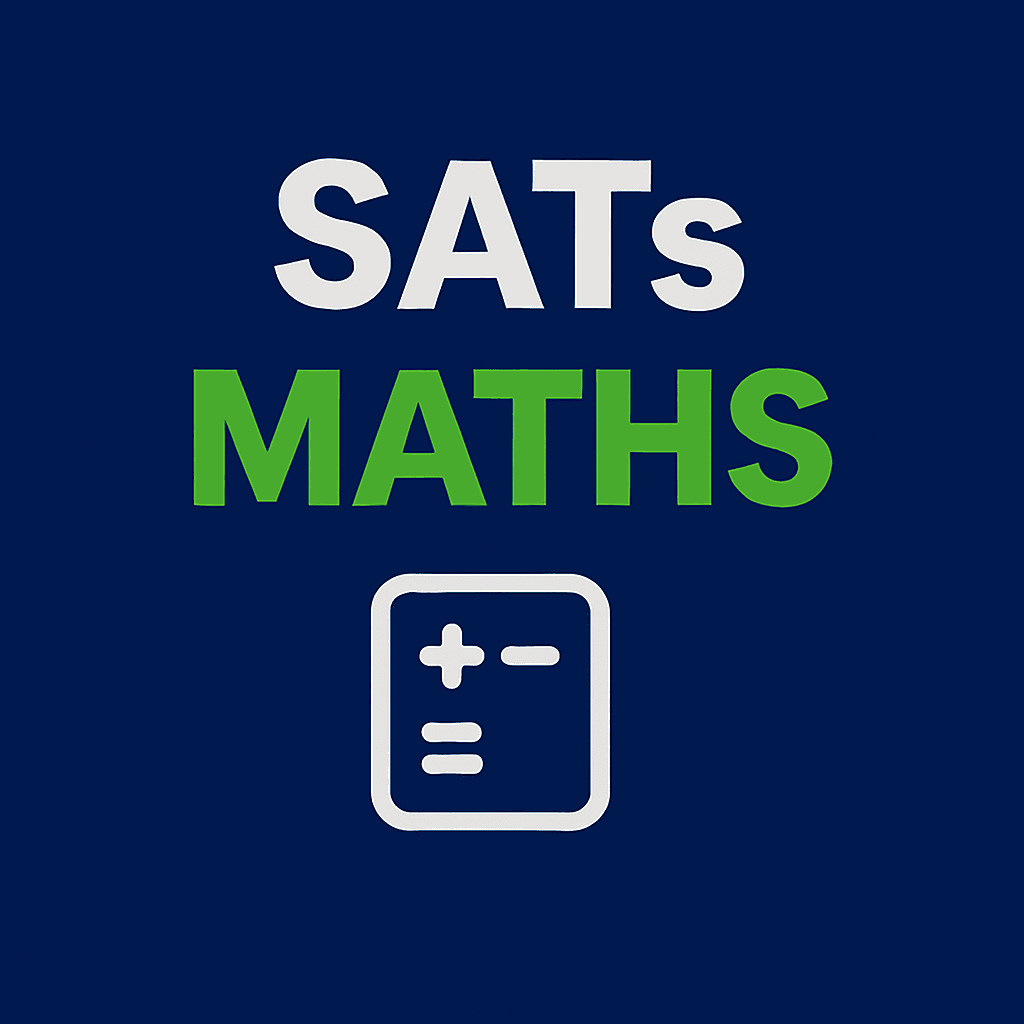Reading Time: < 1 minute
Table of Contents
ToggleResistors: Understanding Resistance and Its Role in A-Level Science
What Is a Resistor?
A resistor is a component that restricts the flow of electrical current in a circuit.
Resistance and Its Formula
Resistance (R)
Resistance is defined by Ohm’s Law:
![]()
Where:
 : Resistance (Ω, Ohms)
: Resistance (Ω, Ohms) : Voltage (V, Volts)
: Voltage (V, Volts) : Current (A, Amperes)
: Current (A, Amperes)
Types of Resistors
Fixed Resistors
Provide a constant resistance value.
Variable Resistors (Potentiometers)
Allow adjustment of resistance in a circuit.
Applications of Resistors
Current Limitation
Used to control the amount of current flowing through a circuit.
Voltage Division
Divide voltage across components in a circuit.
Heating Devices
Resistors convert electrical energy into heat in devices like toasters and heaters.
Example Problem
A ![]() battery powers a circuit with a
battery powers a circuit with a ![]() resistor. Find the current.
resistor. Find the current.
- Formula:
![Rendered by QuickLaTeX.com \[ I = \frac{V}{R} \]](data:image/svg+xml;base64,PHN2ZyB4bWxucz0iaHR0cDovL3d3dy53My5vcmcvMjAwMC9zdmciIHdpZHRoPSI1MCIgaGVpZ2h0PSIzNyIgdmlld0JveD0iMCAwIDUwIDM3Ij48cmVjdCB3aWR0aD0iMTAwJSIgaGVpZ2h0PSIxMDAlIiBzdHlsZT0iZmlsbDojY2ZkNGRiO2ZpbGwtb3BhY2l0eTogMC4xOyIvPjwvc3ZnPg==)
- Substitute Values:
![Rendered by QuickLaTeX.com \[ I = \frac{9}{3} = 3 \, \text{A} \]](data:image/svg+xml;base64,PHN2ZyB4bWxucz0iaHR0cDovL3d3dy53My5vcmcvMjAwMC9zdmciIHdpZHRoPSI5NCIgaGVpZ2h0PSIzNiIgdmlld0JveD0iMCAwIDk0IDM2Ij48cmVjdCB3aWR0aD0iMTAwJSIgaGVpZ2h0PSIxMDAlIiBzdHlsZT0iZmlsbDojY2ZkNGRiO2ZpbGwtb3BhY2l0eTogMC4xOyIvPjwvc3ZnPg==)
Common Mistakes in Resistor Calculations
- Mixing up voltage and current in Ohm’s Law
- Forgetting to account for total resistance in series and parallel circuits
- Ignoring power dissipation in resistors
Practice Questions
- A
 battery powers a circuit with
battery powers a circuit with  . Calculate the current.
. Calculate the current. - Explain the role of resistors in protecting LEDs.
- Describe how variable resistors are used in volume controls.


